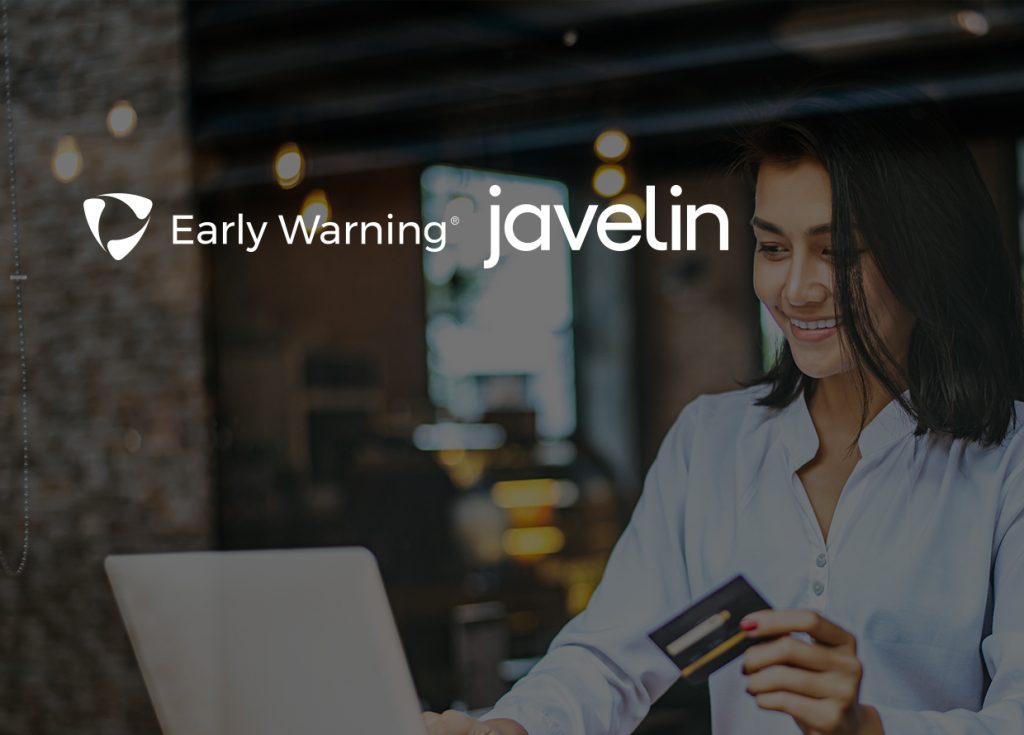Fraudsters are becoming increasingly sophisticated in executing fraud in real time, and many financial institutions still struggle to combat this issue. In the past year alone, roughly two-thirds of financial institutions have encountered various forms of fraud attempts1.
Some banks and credit unions have turned to fraud risk platforms, particularly in helping with real-time decision-making for countering check fraud, wire fraud, and ACH fraud. However, smaller financial institutions face particular obstacles in assessing transaction risks, mainly due to their limited access to account information for a small segment of the population.
Recognizing this issue, Early Warning® is the trusted custodian of a consortium database model that helps level the playing field. The model aggregates financial information from a network of over 2,500 financial institutions in the United States encompassing 65% of all bank accounts. By leveraging a comprehensive dataset, even the smallest financial institutions can develop sophisticated fraud models, assess the risk profile of a new customer based on historical behavior at other banks, and offer tailored strategies.
During a recent PaymentsJournal webinar, Benjamin Chance, Chief Fraud Risk Management Officer at Early Warning®, and Brian Riley, Co-head of Payments at Javelin Strategy & Research, discussed how becoming part of a consortium data-sharing model can help banks and credit unions optimize their fraud risk platforms for real-time decision-making aimed at stopping fraud.
The Lay of the Land
Traditional fraud management systems rely on “yes” or “no” binary decision-making, which can be manipulated by fraudsters.
“With a binary system, if there are five risk factors evaluated for a potential fraud concern, each factor may pass marginally,” Chance said. “However, when these factors are considered together, it becomes clear that the customer should not be approved, or additional identity verification is required. Traditional approaches often result in high rates of false positives (booking fraudsters) and false negatives (not booking legitimate customers).”
When determining if a transaction is fraudulent, a financial institution needs to consider several questions, including:
- Is the applicant’s identity real?
- Is the person who they claim to be?
- Is the business allowed to do business with the person?
- What are the risks of opening the account or fulfilling the payment?
The institution should evaluate these risk factors to determine if it should do business with the individual, and that process should include screening against relevant databases. By incorporating attributes from each layer of the evaluation into a decision-making model, financial institutions can establish the presence of a trusted identity—or have sufficient reason to deny one suspected of being fraudulent.
Early Warning’s risk model can also predict how likely it is for money to be returned to a person’s bank account within the next 30 days. To make these predictions, the model looks at various data related to the account, such as its status, checks, ACH transactions, and past return information. It uses a type of machine learning with high accuracy to minimize false alarms.
The model is designed to catch 50% more potentially problematic situations while also reducing the number of false alerts it gives for legitimate cases by 50%. That significantly increases fraud detection while minimizing friction.
A Consortium-Based Model
It’s helpful for financial institutions to have the largest possible datasets for fraud prevention. To that end, Early Warning® is the Trusted Custodian® of the National Shared DatabaseSM Resource, a consortium and data-sharing model. Participating institutions contribute consumer permissioned information about accounts, owners, personal attributes, and risk history—and they can access all the data from the pool to make informed decisions when opening new accounts or managing existing ones.
A small bank has access to risk scores of new customers based on their history at other banks and credit unions. Consumers who have a few risk factors may be offered specific strategies like overdraft protection based on their historical risk, while low-risk individuals can enjoy full access to account features.
“With 675 million deposit accounts and 604 million account owners, we have a vast amount of data to work with,” Chance said. “Our advanced analytics capabilities allow us to incorporate data from multiple institutions and identify patterns and trends. This helps us understand account lifecycles, check history, deposit patterns, and more. We can determine if a check is legitimate based on previous account history and risk factors.”
That is important, as checks are not going away—although the way they are used may be changing.
“The demise of the check is greatly exaggerated,” Riley said. “I’ll always have a checking account to do things like pay specific purchases, and I think consumers are very similar to that. The big change is that the average value of checks is increasing, so fraud models have to change accordingly.”
Conclusion
The fraud landscape is constantly evolving, and financial institutions need to keep up with the changes and refresh their fraud models regularly. The National Shared DatabaseSM Resource from Early Warning®, which includes data from a wide range of financial institutions, makes that ongoing improvement easier by spreading knowledge throughout the financial ecosystem. With billions of transaction records, the database enables the building of sophisticated models and facilitates robust fraud prevention across the industry. With these models, financial institutions can have confidence that they are using the best possible data and models to stamp out fraud in the most successful way possible.
12023 AFP® Payments Fraud and Control Survey, AFP®
